Yuliy Borisov: Luzhniki pool — reconstruction of the authors’ original concept

The work of the well-known Moscow firm UNK project includes projects of residential and public buildings, interiors, and private homes. But perhaps the most high-profile project today is the reconstruction of Luzhniki pool, which was won by UNK project in an international competition. The head of the firm, Yuliy Borisov, spoke with our site about the ideology of this reconstruction, as well as his impression of participating in architectural competitions.
— In the competition for the design of the Luzhniki pool sports complex, UNK project was the only team that did not make a building with a modern emphasis out of the existing ensemble of the 1950s. Why?
— We had a task, and it was the reconstruction of the Luzhniki pool. In this particular case, we were for the most part not reconstructing the structure itself, but the author’s intent of sorts. Originally a composition of a complex with three buildings was conceived here — the Grand Sports Arena, the Small Sports Arena, and the pool. At that time, the Grand Sports Arena did not have a canopy, and the small arena was also uncovered as was the pool itself. In this composition, I see a paraphrasing of the Colosseum with two small Parthenons on the sides. In fact, the design of the whole complex at that time took only 90 days.

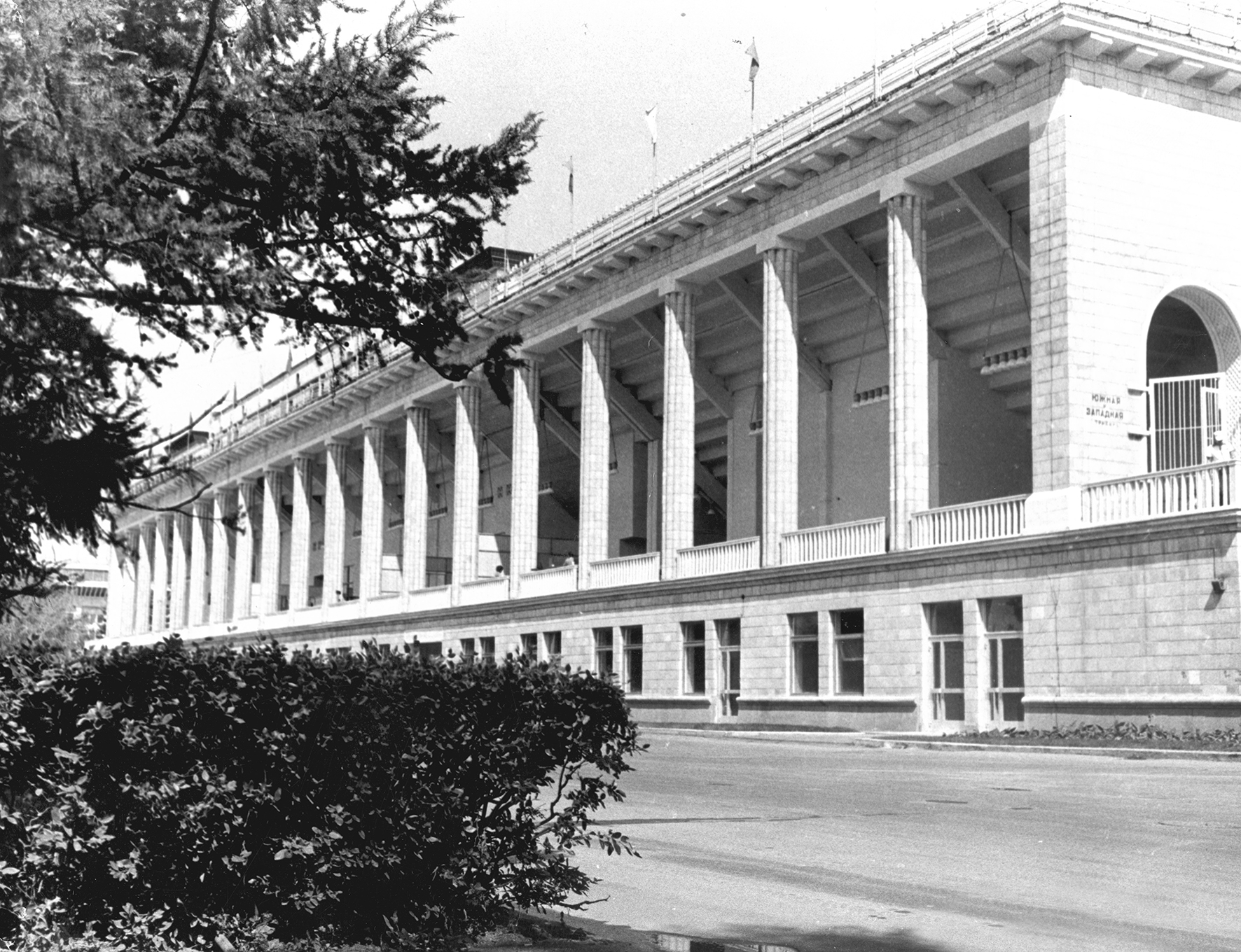
Prior to the 1980 Olympics the Small Arena was closed, lengthened, and the composition was broken; the pool remained small — and we have evened it out now to the same parameters. But I should emphasize that this is not new construction, but rather a reconstruction, and the authors of the building have remained the previous. I think it’s the only right decision — in an evolutionary way to develop the complex in terms of the urban planning techniques and architectural designs that are embodied in it. In our project we follow the logic of the pool’s author, the architect A. Vlasov, and recreate the symmetry of the original design.
— Please tell us what kind of techniques and themes specifically relate your project for the pool with the style of the sports complex of the 1950s?
— The pool was a very “airy” building. To create this effect and “facilitate” the increasing volumes of the building, we turned to a technique which was used by one of the co-authors of the pool, the architect I. Rozhin, in the design of the coffering in the Avtozavodzkaya metro station. In the design of the cornice, we plan to use an enlarged copy of the bas-relief, which was previously located on the rear facade of the building. Thus, it will be visible from the most important points — from the metro bridge and from Sparrow Hills. Here too, we are following the logic of the architect Vlasov who, as it is well-known in addition to solving major urban problems (in different years he was the chief architect of Kiev and Moscow), paid great attention to drawing all elements of the building.
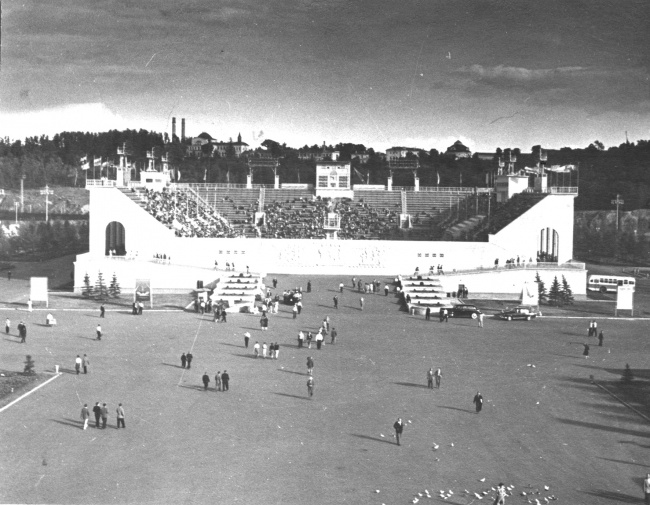
We also plan to return statues to the facade — we found them in one of the archival photographs, on pedestals of the central facade. Just two years after the building entered into operation, they were dismantled.
— And what about the silhouette of the pool? You somewhat mentioned that the building has 5 facades in total: the fifth is from the top view, which can be well seen from the observation deck at Sparrow Hills and the metro bridge. The recognizable view was the open basin of the pool, and the stands that went down to it. How will it be now?
— There will be a large cylindrical glass arcade over the entire building, and in one of the areas it will move apart. As part of the reconstruction we are taking into account that the roof of the building looks good visually from afar, in conjunction with all utilities being neatly hidden inside the building’s volume. The silhouette will change a little, the swimming pool, as I said, will evolve, but the image itself will remain the same. I even think that most people who are not aware of what is going on, will come in two years and will not even realize that there is something different.
— Please clarify whether in your project the preservation of the old building’s walls was of principle importance?
— Of course it is sad when you see the demolition of a building built by your colleagues, but unfortunately, the quality of construction and the operation of such an experimental facility for Russia as an outdoor pool, led to a significant deterioration of all structures, which was verified by an independent examination by the Central Research Institute of Building Constructions named after V. A. Kurechenko. The client made a decision to fully dismantle the building. However, I am convinced that if a new building retains the ideas that the authors embodied in the building, that it harmoniously coexists with the surrounding buildings, and is efficiently designed and built — then it can be considered successful. For us this is mainly a reconstruction project of the authors’ original concept, rather than a reconstruction of the building elements.
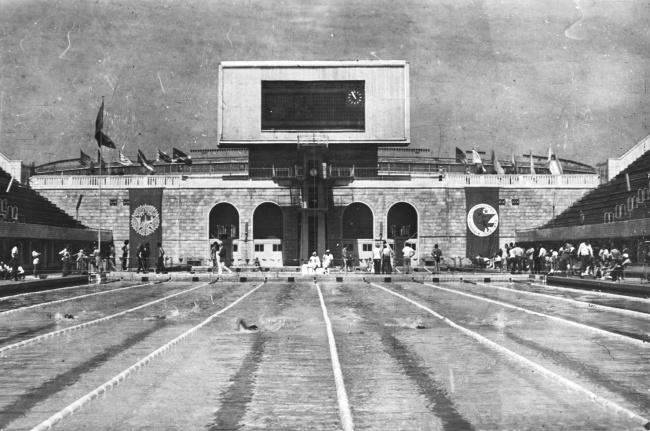

— As a resident of the Khamovniki district, how would you like the Luzhniki territory to develop in the future?
— Luzhniki has a specific problem: at the time there was the idea that this was a kind of sport grounds, but sport as a popular culture with those athletes in satin shorts, pioneers in parades, has disappeared. That is, if it is children’s sport then it exists today either in athletic clubs, or in schools, and adults attend fitness centers. So the structure of tasks has changed, but a reflection of this in the functional structure of the entire complex has not happened. Yes, big city and sporting events are held here, but it has more to do with professional sports. And what about citizens? Luzhniki is now searching for this concept, it should be at the intersection of architecture, urbanism, sociology of sports, but so far there isn’t one. But for Gorky Park a concept was found — it was given a huge amount of activities, this function was found, this symbiosis.
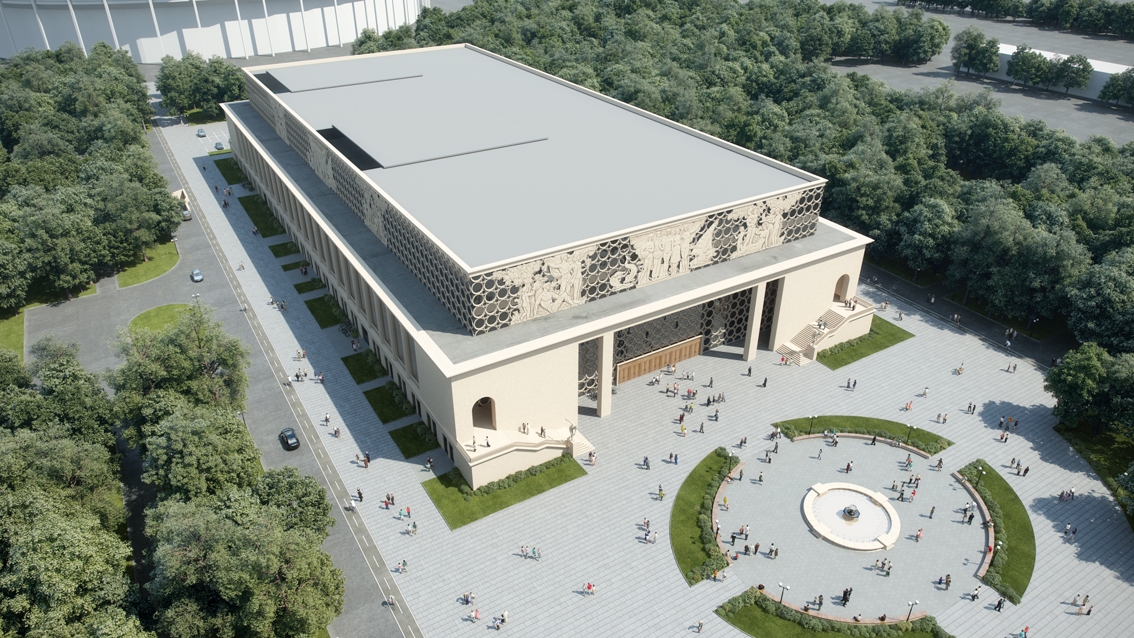
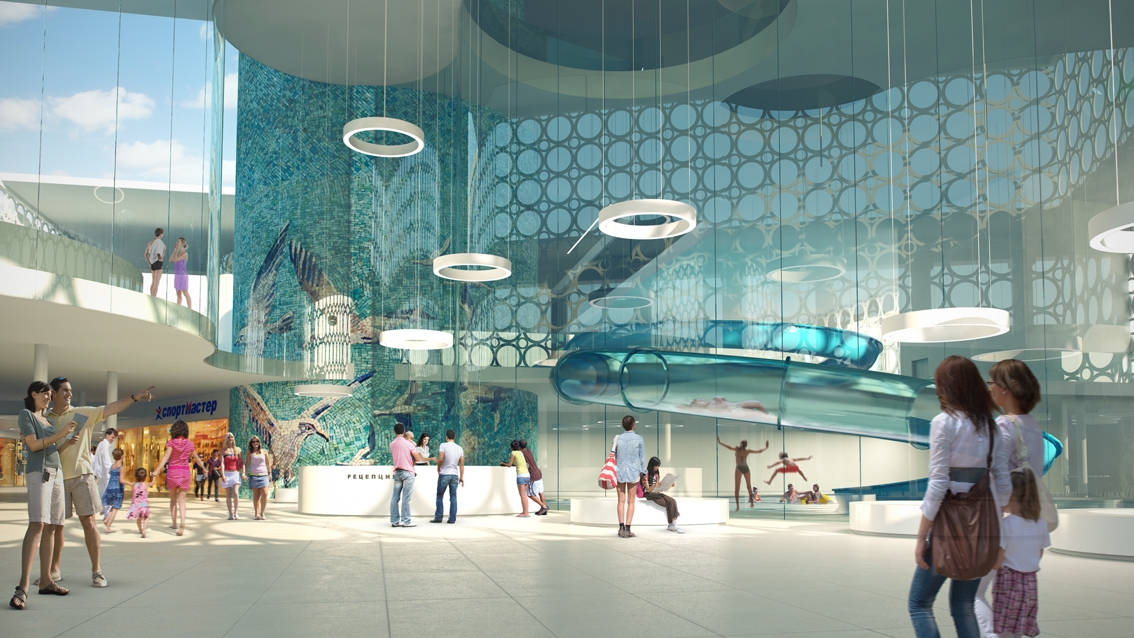
The second problem is that the Luzhniki territory has extremely complicated logistics. It’s the kind of park where to go from one part to another takes 30 — 40 minutes and there’s no entertainment, no pedestrian streets... The territory’s density so far is not sufficient in terms of saturation, and it’s used locally — mainly the waterfront, which cyclists and runners have taken a fancy to. But very few people go further into the territory. During sporting events this huge space allows large numbers of people to fit, but in normal times, meanwhile with quite expensive operating costs, few people use this territory. On the other hand, I’m not so concerned as a resident, because with time, it may be that this problem will be solved more effectively. This is a very nice spare area, maybe it’s not necessary to immediately try to make it all good, but rather it is necessary to maintain it a bit.
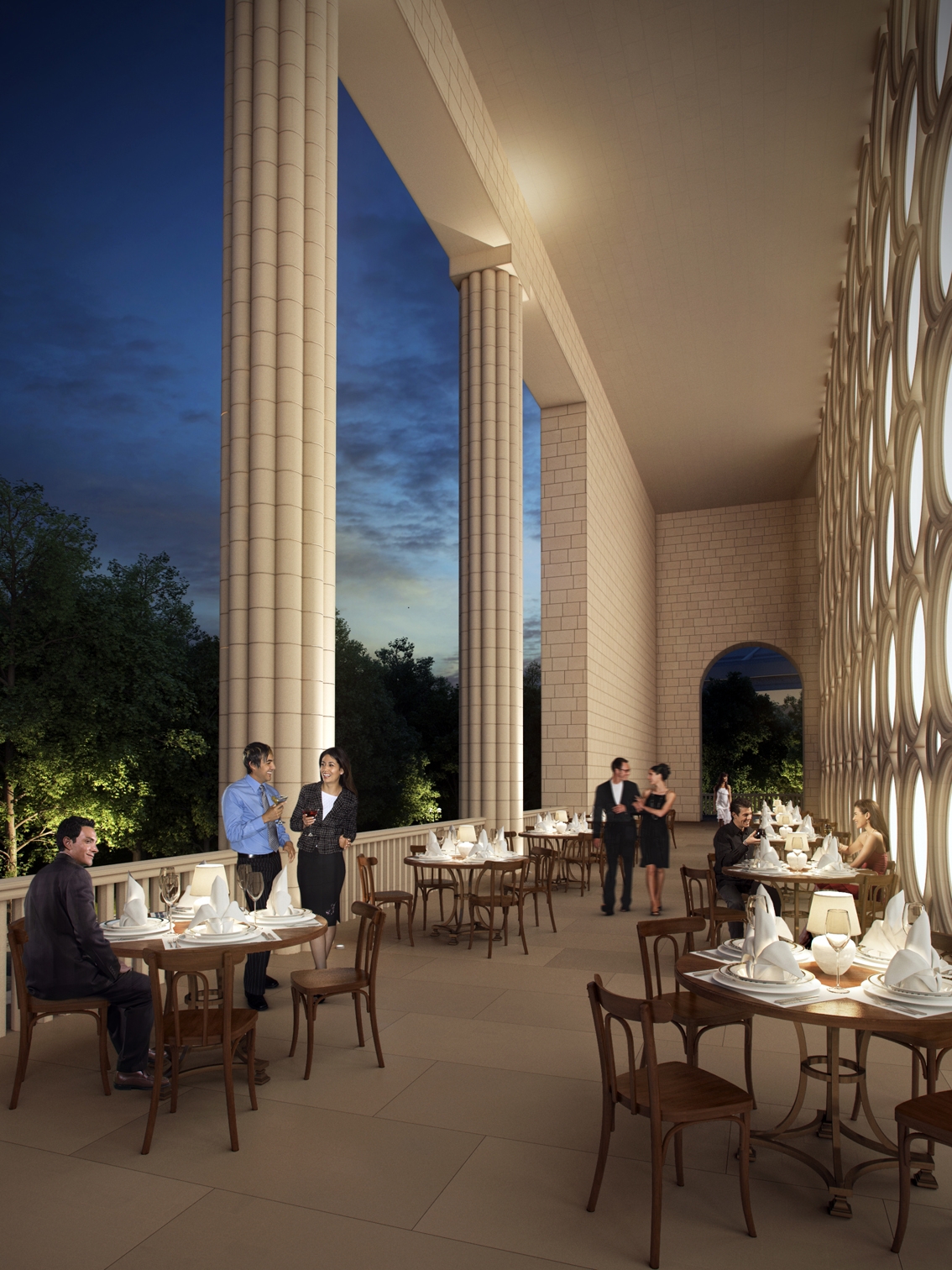
— You were a member of the jury of the recent competition for the reconstruction of the Prostor complex. What do you think about the procedure itself and the results of this competition?
— Contests are not the only, but one of the most productive forms of choosing the right design, especially when talking about brainstorming. We are trying to participate in many competitions ourselves. But I’ll say it frankly that there are things that interfere. For now the point of responsibility is on the selection of the winner, then what happens to the project — this is not quite worked out yet. Currently some of the contests are successful, while some have no development, and some architects are beginning to think — whether or not to participate in competitions, because the guarantee that it will be realized is small.
Here, in my opinion, there should be different forms of “carrots” — currently this is mainly signing a contract with the winner, but it is not always done. If developers are not sure that they will implement the project, then let someone gets a little money, and the one who came in first receives more, and further the copyrights are simply transferred to the client, and if he wants to he will build, or not. It’s just that the apparatus has to earn a little money, but contests are definitely needed, they work. It’s good that the Committee for Architecture and Urban Planning of Moscow supports this issue, although of course, contests first of all should advance the professional community, developers and architects.


As for the competition for the Prostor complex, I will say that the client and I myself have been very surprised by the results. Give architects free rein and they want to make everything maximally beautiful, change the whole world, go above and beyond, although in this case the problem was very local and technical. The client simply wanted to improve the facades — this was clearly indicated in staging meetings and in the technical specifications. During the first stage of the competition, some of the contestants simply offered to demolish the building — in other words the existing shops that produce these cakes were moved, removed, or something new was proposed to be built. There are contests of ideas, but this was something absolutely technical. The same thing happened in the second stage — there was number of cool ideas in terms of architecture, simply spectacular, but they did not correspond to the request.
— Among the projects by UNK project there are residential buildings and cottage settlements. Today much is said about improving the comfort of the living environment, particularly in terms of industrial developments. What do you think about this?
— In my opinion, the problem is not in what technologies are used in construction. Now often monolithic buildings with brick walls cannot be visually distinguished from panel housing. The main problem is in the regulatory framework, which aims at building micro-districts with sectional high-rise buildings. The norms are practically instructions for designing this type of housing. And as much as architects have tried, the building developments that are being created were renounced by civilized countries even back in the 1970s. If you are traveling on rails, than no matter how cool the train you may have, you still arrive there where the rails are leading.

Yes, the rules are changing bit by bit. That’s how the requirement to provide 1 car per apartment came about. In reality, with the average apartment of 50 square meters, the volume of construction of garages reaches 40-50% of the total volume of residential construction. And if in the luxury and business class parking spaces can be placed in underground car parks, then what can be done in social and economy class housing? Because then the construction cost could rise by more than a factor of 1.5-2. Of course, it’s rational to construct parking on the ground floor but by standards residential housing can be built over them with a technical floor in between, which is of little interest to low-rise buildings, and the distance to the windows makes this not possible. And there are many such examples.
Certainly, in our projects, we try to make the environment visually diverse, and on a people scale, try to organize car-free courtyards, ease of access to personal vehicles, optimally flexible and effective planning designs, and a variety of facade designs. Detailed knowledge of standards and the ability to selectively apply them within the law, allows for the creation of an environment that resembles the average European surroundings. However, it is obvious to all that there is a need for fundamental changes in the regulatory framework so that such projects were the standard rather than the exception.
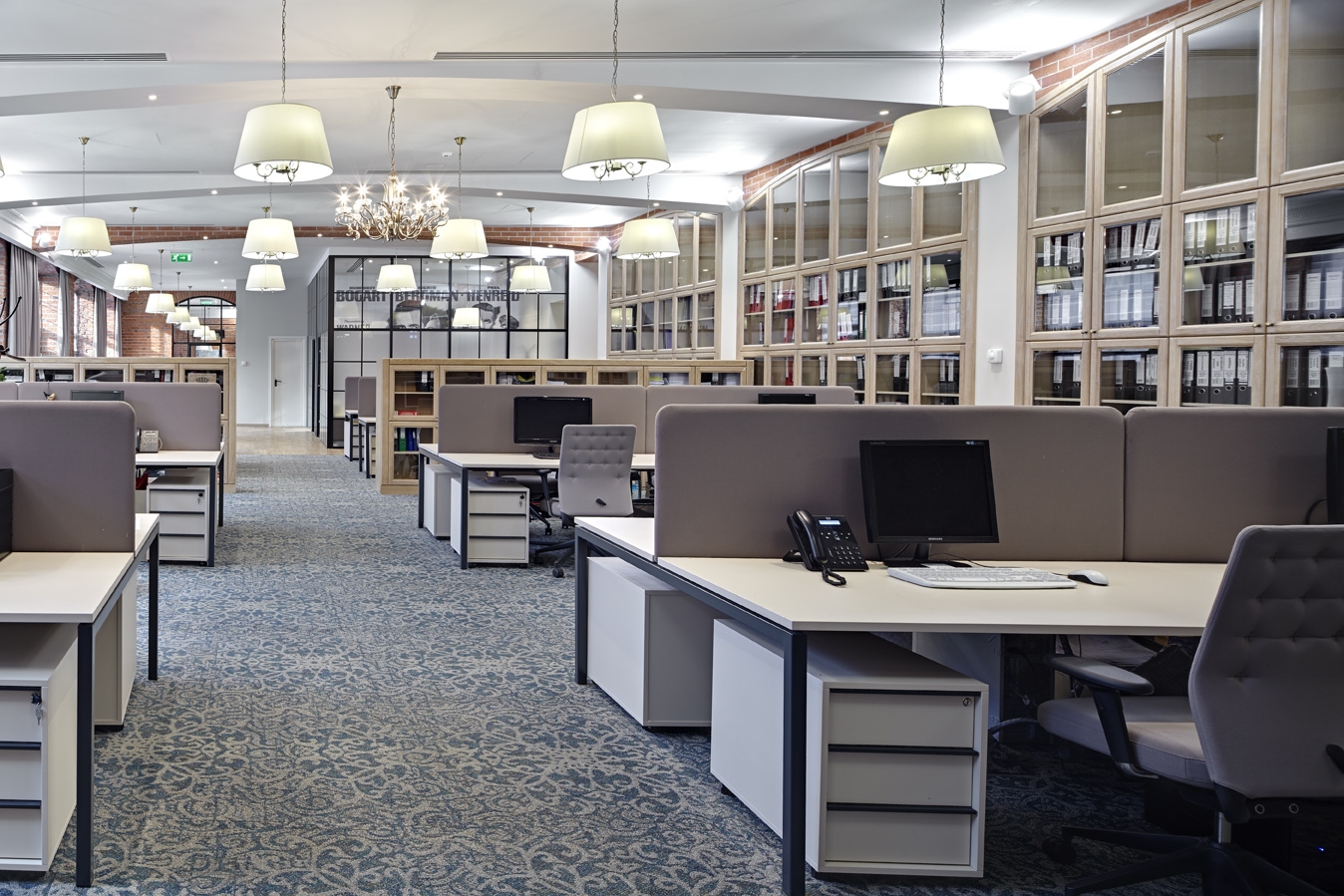
- Tags:
- competitions |
- Luzhniki |
- sport



